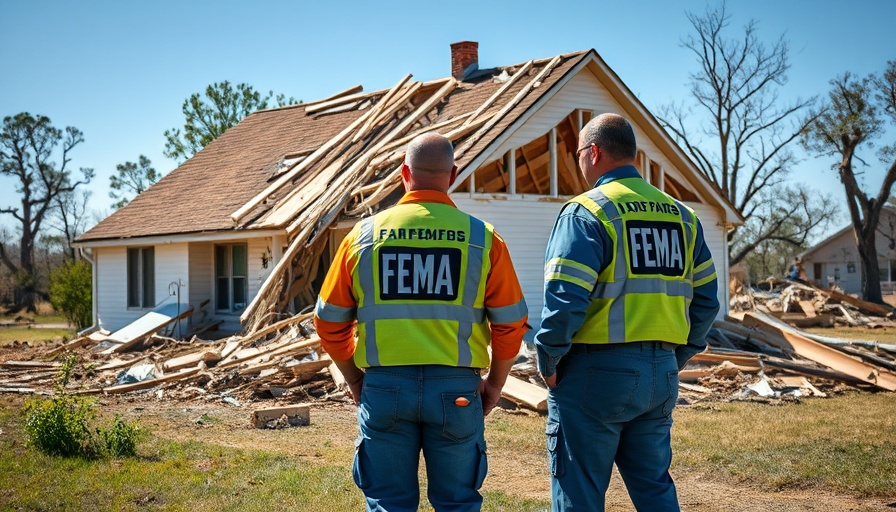
FEMA's Strategic Shift: What Does It Mean for Future Emergency Responses?
The recent decision by the Federal Emergency Management Agency (FEMA) to rescind its multi-year strategic plan has sent ripples through emergency management circles. According to Administrator David Richardson, the now-canceled plan set goals that did not align with the agency's mission to respond effectively to natural disasters and emergencies. As we approach the start of the Atlantic hurricane season, this development raises questions about how the agency will adapt to evolving challenges.
Understanding the Agency's New Direction
In a memo shared with agency staff, Richardson emphasized that a new strategy for 2026-2030 will be developed, aiming to ensure that FEMA's operations are conducted strictly within the legal framework. This approach aligns with President Trump's previous criticisms of FEMA, labeling it slow and ineffective. In a bid for change, Richardson's pledge indicates a sharper, more legally-focused operational style that may lead to significant changes in how disasters are managed at the federal and state levels.
Implications for Disaster Preparedness and Management
Understanding Richardson's directive prompts concern about the implications for FEMA's preparedness and response capabilities. By limiting operations to legal mandates, some fear the agency may struggle to proactively plan for potential emergencies, especially in light of increasing natural disaster frequencies due to climate change. Comparatively, other emergency management organizations around the world have adopted proactive stances, emphasizing preparatory measures ahead of disaster seasons.
A Local vs. National Perspective
This shift also echoes a broader trend of devolving emergency management responsibilities to individual states. With Trump and Homeland Security Secretary Kristi Noem advocating for greater state control, local governments may have to assume more responsibility for disaster recovery and preparedness. This strategy poses advantages and challenges: while local states can tailor responses to fit community needs more precisely, resources and expertise often vary significantly from one region to another.
The Future of FEMA: Predictions and Concerns
Looking ahead, the implications of FEMA’s strategy could be profound. Should Richardson actively pursue a path that limits FEMA’s role to strictly adhering to legal requirements, the agency could face criticism for not adapting quickly enough to mitigate disaster impacts. This raises pertinent questions: Will FEMA be equipped to address emergencies as they happen? How will state-level authorities adjust to manage these responsibilities effectively?
Conclusion
The landscape of emergency management in the U.S. is poised for change as FEMA pulls its strategic plan in preparation for a new vision under Administrator David Richardson. With the Atlantic hurricane season imminent, the implications of this shift remain to be fully understood. As our understanding of climate-driven disasters evolves, how effectively FEMA can adapt will be a critical question for all stakeholders involved in disaster response. Keeping informed about these changes will be essential for communities reliant on FEMA’s assistance in times of need.
 Add Row
Add Row  Add
Add 




Write A Comment